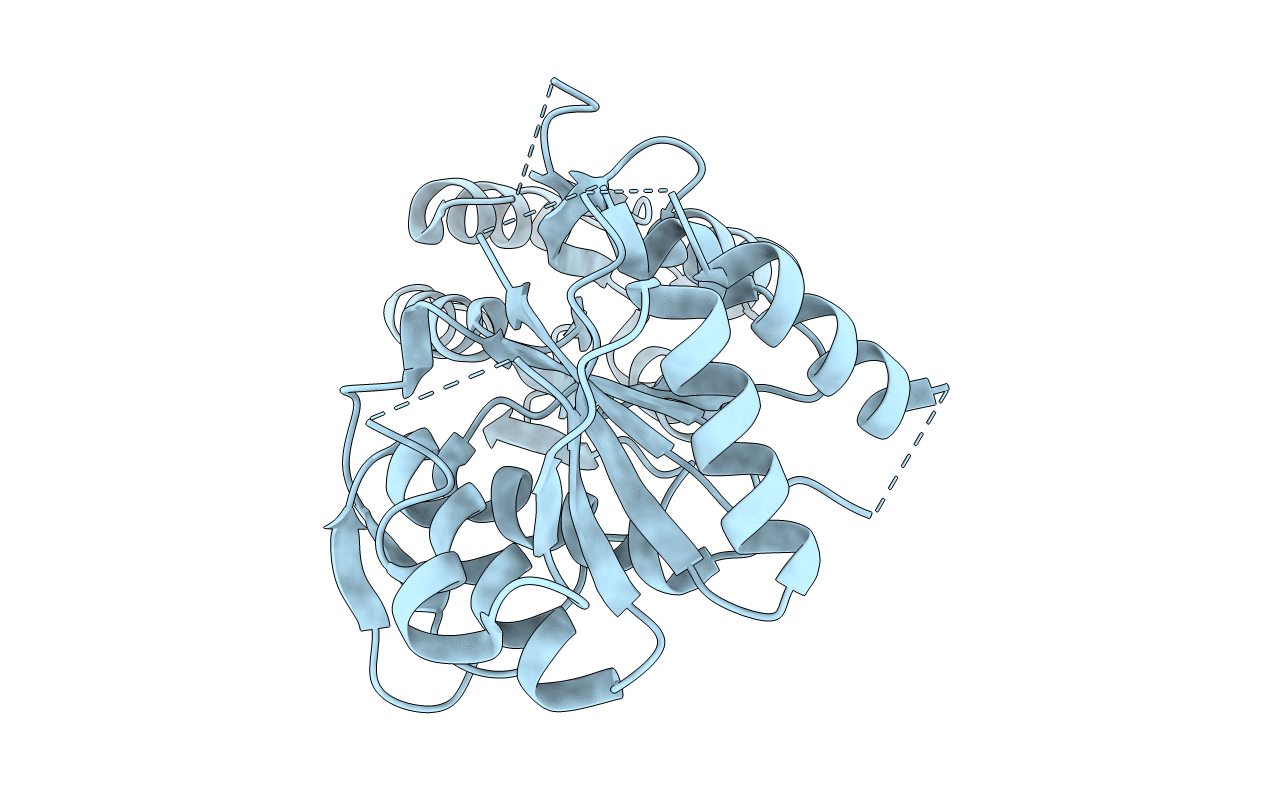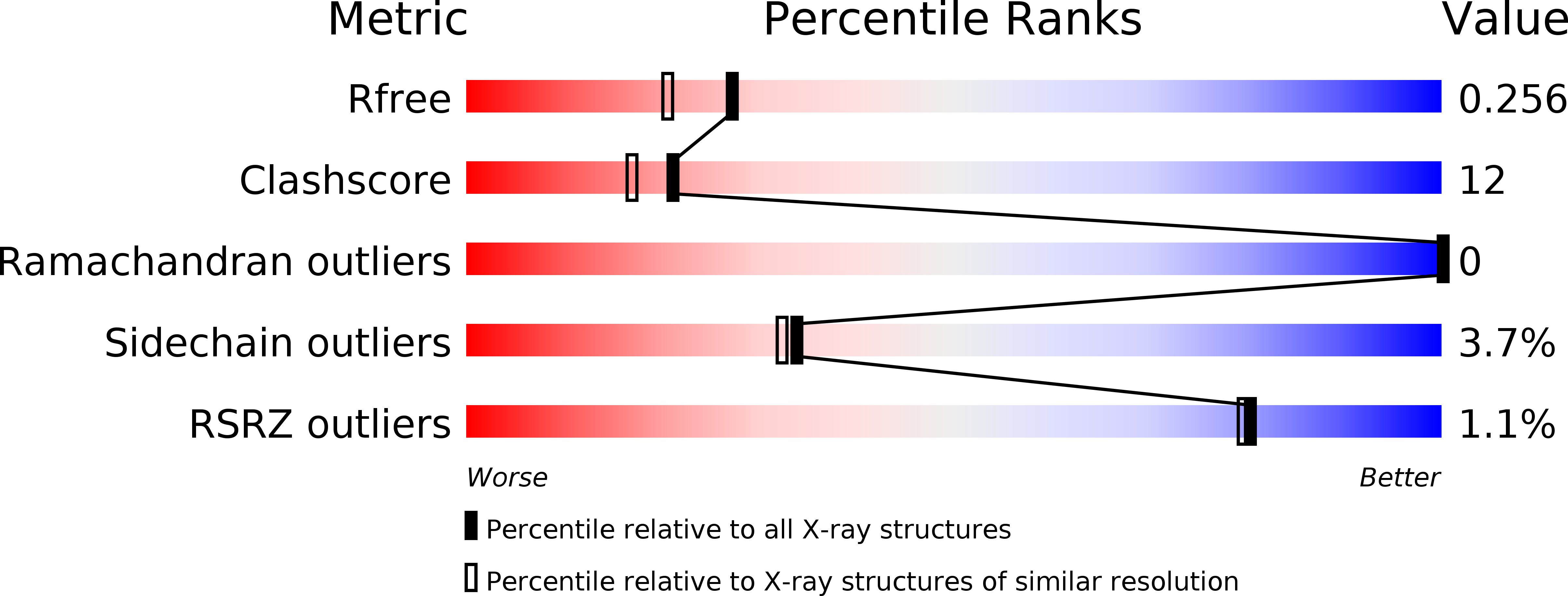
Deposition Date
2001-05-02
Release Date
2001-12-19
Last Version Date
2023-08-16
Entry Detail
PDB ID:
1IK6
Keywords:
Title:
3D structure of the E1beta subunit of pyruvate dehydrogenase from the archeon Pyrobaculum aerophilum
Biological Source:
Source Organism:
Pyrobaculum aerophilum (Taxon ID: 13773)
Host Organism:
Method Details:
Experimental Method:
Resolution:
2.00 Å
R-Value Free:
0.25
R-Value Work:
0.21
Space Group:
I 2 2 2


